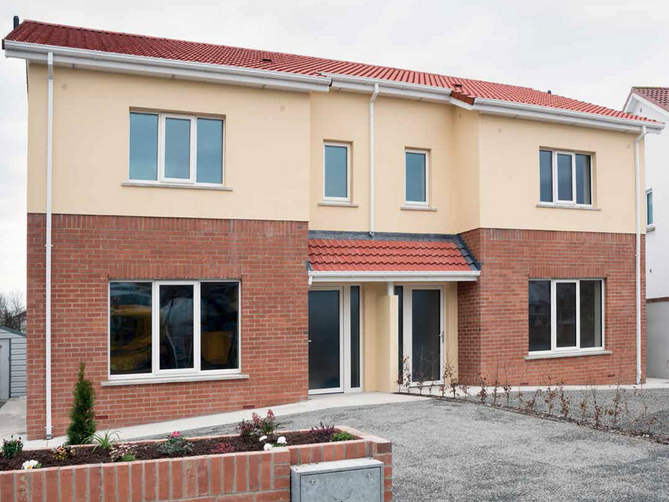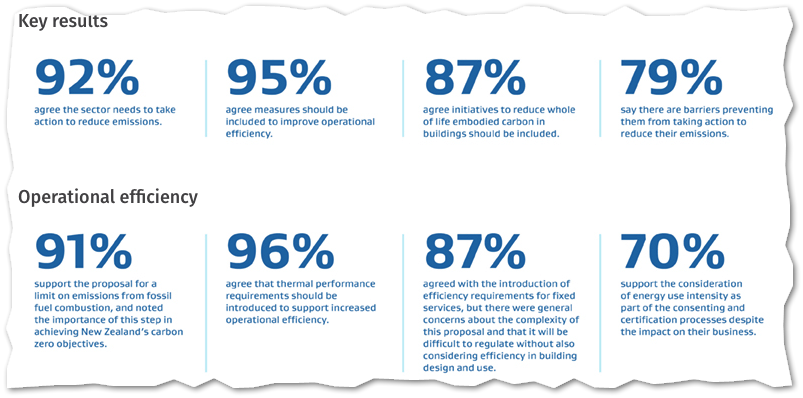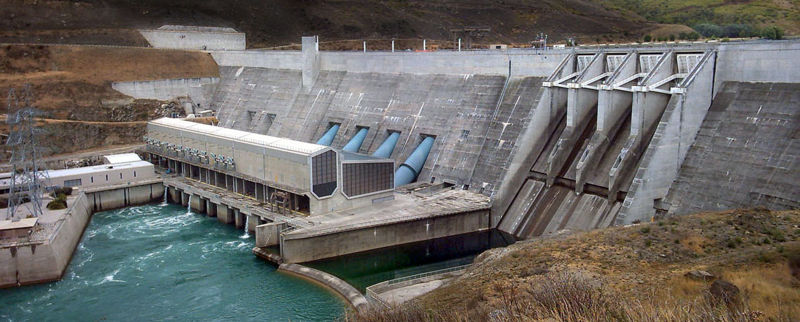The stumbling block to a fully renewable energy grid in New Zealand is what to do in a dry winter, when electrical demand peaks but there’s not enough water in the hydro dams. Last year it was touch-and-go and there was even talk of energy conservation being enforced. And that is with the big coal-burning Huntly power station still churning …
Passive House Climate Files for NZ

As of 13 December 2017 there are six additional PHI certified climate files for NZ. These now cover all of NZ including the Chatham Islands. It is important to note these are all (excluding the Chathams file) based on work done by NIWA to develop regional files for NZ and this last set of climate certification work done by PHI …
Generic slab edges default should be B’/2=2m

A slab edge is one of the most common thermal bridges we see in New Zealand. In a traditional timber framed building on a concrete slab, the perimeter thermal bridge will often have a large impact. “ISO13370: Thermal performance of buildings — Heat transfer via the ground — Calculation methods” provides the steps to calculate it and take into account …
Health burden of cold damp houses costs millions every year
I’ve often wondered in the past exactly what percentage of New Zealand’s health burden is due to our damp and cold homes. Well I obviously didn’t look in the right place. PHINZ chair Elrond Burrell last month linked to a short 2011 study that provides the exact numbers I’ve been looking for. An article by Brad Prezant titled “Calculating the …
Lessons from failed UK retrofit programmes

This excellent top-level round-up of multiple UK retrofit programmes sadly reveals how many were really poorly done. The most recent was a politically driven voucher system that lasted less than a year. Bottom line? 1. Focus on the building thermal envelope and design stage overall energy model (ie take a holistic whole dwelling retrofit approach). 2. Ignoring the tricky bits …
Ireland nails affordable Passive House

They won’t win points for style, but these semi-detached, two-storey Irish homes fit seamlessly amongst their neighbours. This is a very familiar UK building style, now made better: both Passive House and affordable. The builder and architects’ depth of experience with Passive House was clearly key, according to an in-depth article by Passive House + magazine. The goal of affordability …
MBIE responds to climate change consultation

MBIE has provided its initial feedback based on consultation with industry on its “Building for climate change”. There are some promising signs from industry as the snapshot below indicates. We developed our own embodied carbon early design calculator based on the HPCD Handbook data. We also use LCAQuick from BRANZ for more detailed design-level studies. Based on this work, we …
Join US expert on marketing PH to homeowners

I’m looking forward to this seminar on how to effectively market Passive House and encourage those working on and designing Passive Houses to attend. This Zoom seminar is hosted by the Passive House Academy New Zealand on 29 June 2021 at 11am. It features John Oppermann, a US real estate agent (and executive director of the Earth Day Initiative), who …
HPCD summaries released by BRANZ
If you haven’t already reviewed the technical draft of our High-Performance Construction Details (HPCD) Handbook, BRANZ has just published two great summaries that pull out the high-performance wall and roof assemblies (elements). The wall elements from the HPCD Handbook are summarised with the results reproduced in BU660 Residential walls with high thermal performance. The roof elements from the HPCD Handbook …
